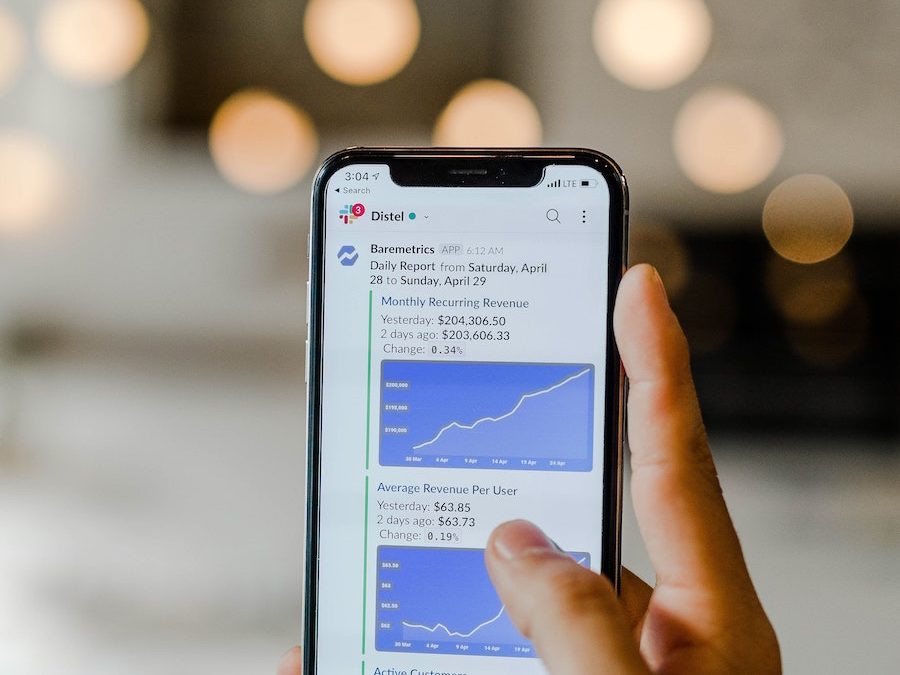Recent concerns around health and safety have caused many traditional fundraising channels like galas and walk/ride events to be placed on hold. But even before the constraints posed by COVID-19, successful fundraising depended on a variety of moving parts and pieces.
Donor advised funds have risen in popularity over the years as a popular channel for philanthropy. Many fundraising leaders have heard about donor advised funds, but haven’t yet incorporated them into their fundraising strategies. Moving into an uncertain future, it’s become paramount for nonprofit leaders to incorporate donor advised funds in their strategies.
But first, here’s a quick overview:
Donor advised funds are like a separate investment account for your charitable giving.
Think of them as a mini foundation without the administrative burden. The cash, securities or other assets are given irrevocably to a nonprofit fund, and as a result, the donor is eligible to take an immediate tax deduction. Then as the name implies, when the money has been irrevocably given to the fund by the donor, the fund manager becomes the advisor on that account. The money is then invested tax-free and begins to grow. The donor can inform the fund manager which foundations or charities they want the money granted to. It’s a really simple, streamlined way to give and helps donors amplify their impact.
There are three main benefits to donor advised funds (DAF). First, they enable donors to give more because you can give appreciated securities easily and because of tax-free investment growth. Second, they help sustain giving during the times of economic uncertainty. And third, they provide a source of money that’s at-the-ready to send out during natural disasters or crisis, such as this COVID- 19 crisis.
Now for our DAF best practices! We spoke with Amy Pirozzolo, head of marketing at Fidelity Charitable, who provided these tips for making the most of donor advised funds.
#1 Use the Same Name Everywhere
When a donor visits a DAF provider to give a gift, they select a charity from a drop-down menu of organizations provided by the IRS. So the organization name you file on your 990 is the one that will appear in the list. But if you use a variant of that name in all your donor-facing communications, your potential donors will not recognize your 990-filing name, and you will miss out on gifts. Be sure you use the same name to make it easy for your donors to give to you.
#2 Use Electronic Funds Transfer
Many nonprofits still prefer to receive DAF gifts by check. But many companies are now working remotely, causing delays in receiving mail. Checks are getting lost and simply delayed to deposit, which means that nonprofits are missing out on crucial dollars to fund their missions. To avoid all this, we recommend taking advantage of electronic funds transfer.
#3 Thank the Donor, Not the DAF Provider
Many nonprofits will automatically send thank-you notes to the provider, but that is not needed. You need to thank the individual donor, because this could become a source of long-term, high capacity funding. As long as the donor has given the DAF provider permission, you’ll receive the donor data you need to build a relationship with the donor. Amy shared that 97% of the 1.5 million grants sent out by her company had a donor name—and often the address as well.
#3 DAF Donors Are Your New VIPs
If a donor has given you a $50 grant from a DAF account, you don’t know if they have a $5,000 account, a $5 million account, or a $50 million account. What you do know is that they’ve shown interest in your cause and your organization. Amy recommends that you reach out to these donors. Perhaps invite them in for a site visit, help them understand more about what you do. Reach out by phone to thank them. You should spend more time, money, and effort engaging these donors than you would with most donors because you know they’ve irrevocably set money aside to give to charity.
#4 Invite Recurring Grants & Being Named Successor
Any DAF account can have a reoccurring or pre scheduled grant enacted. This means that the gift is sent every year to the same nonprofit. You could work with every donor who gives via DAF with the aim of receiving a pre scheduled gift. In addition, make your donors aware that they should have a successor assigned to their account, and that your organization could be named.
#5 Include DAF in Marketing Materials
You may be missing out on funds simply because donors aren’t connecting this as an option for supporting your mission. Add DAF information to your marketing materials and remind people they can give in this way. Include information about being named successor. Include DAF as a payment option next to the credit card and PayPal choices. Reminding people how they can support you will make it easier and more likely for them to do so.
#6 Add a DAF Widget to Your Website
Make it easy for donors to use their DAF accounts by adding an automated widget to your donation page and anywhere else it makes sense. With a click of the button, your donors will see a login to their account with your organization name automatically entered. It’s easy and makes the giving process much more streamlined.
Ready to learn more about Donor Advised Funds? Check out our podcast series with Fidelity Charitable.
Curious about leveraging messages about donor advised funds in your fundraising strategy, but unsure how?
Learn more about Pursuant’s Fundraising Strategy Assessment.

